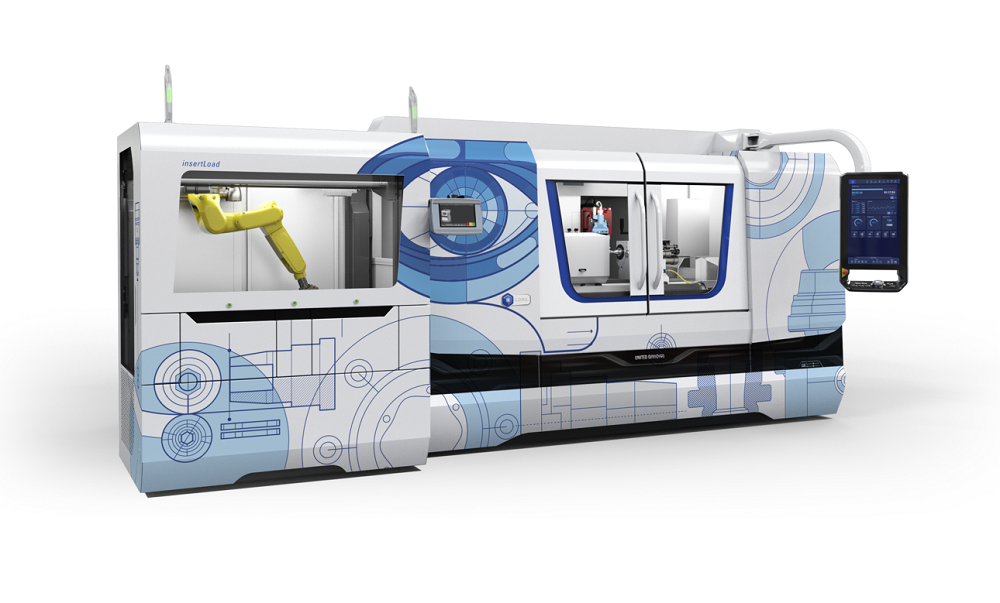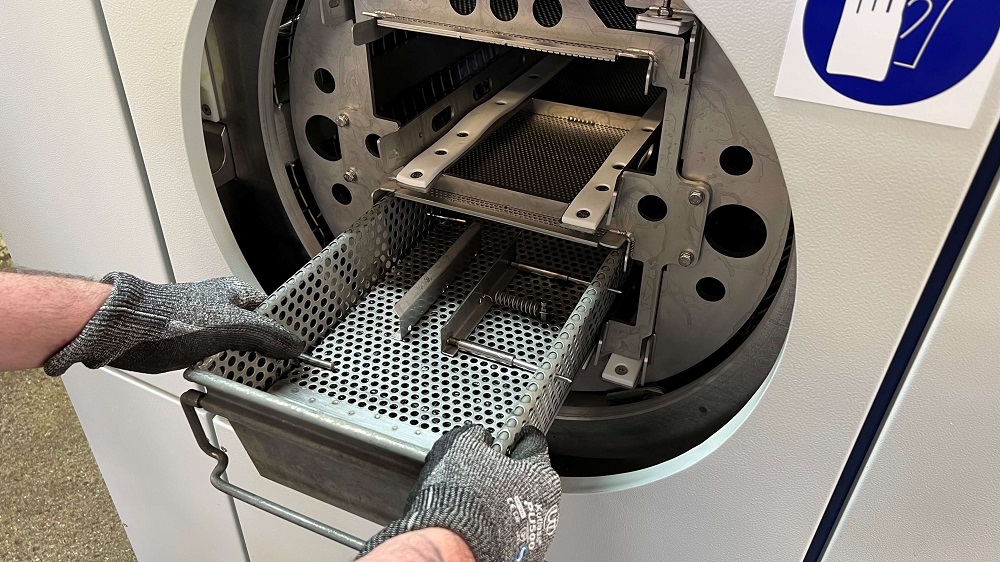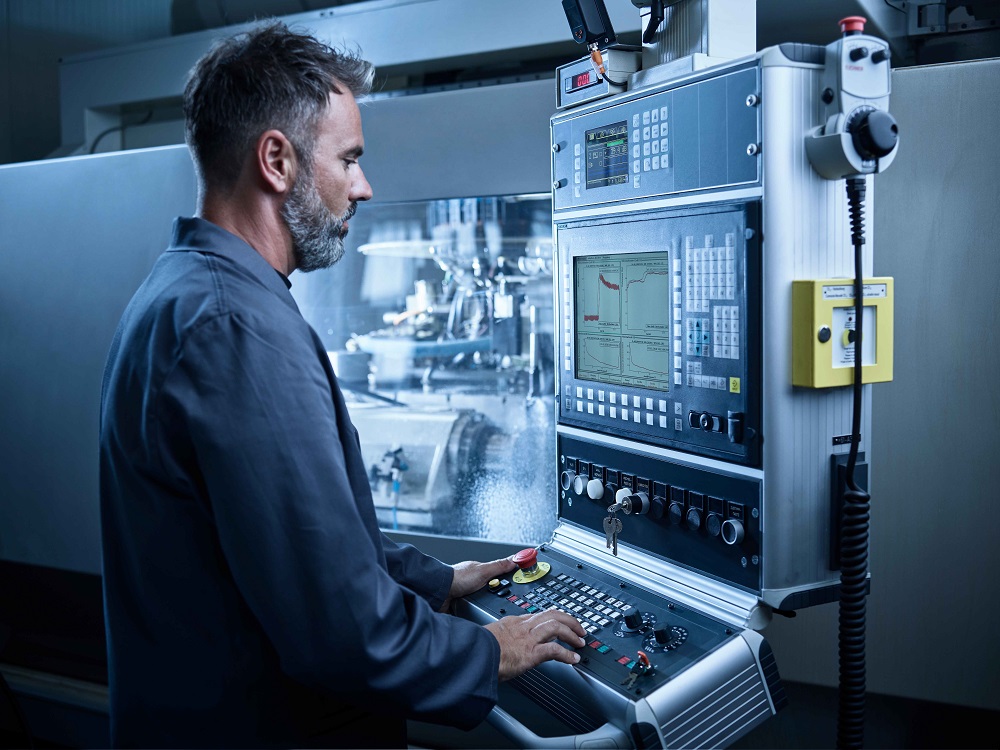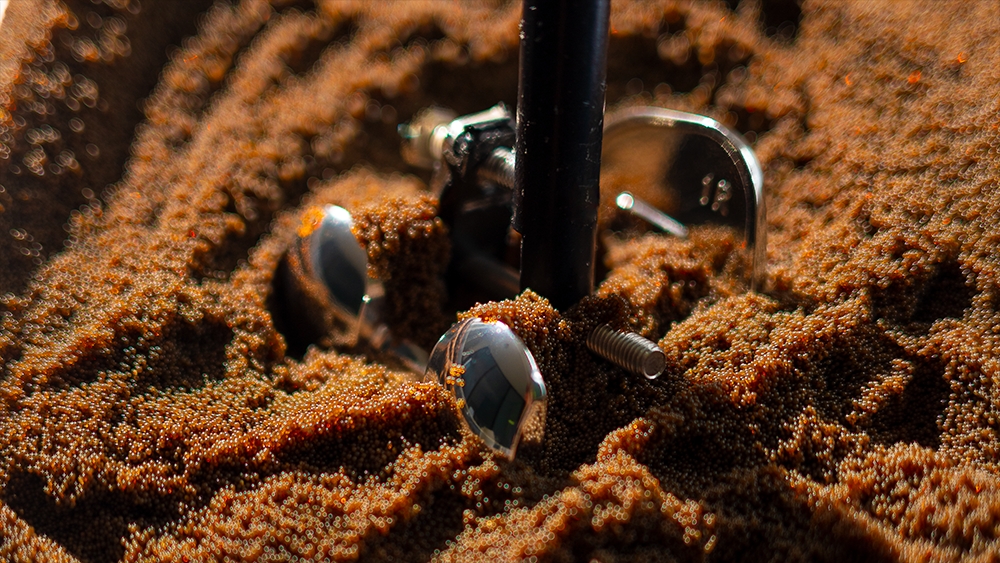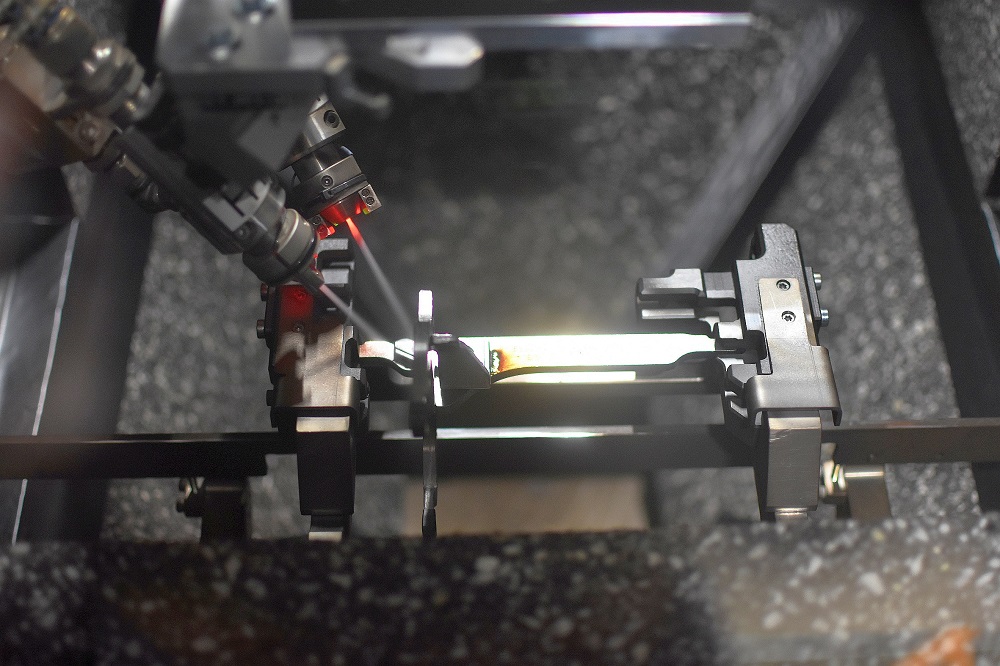The new insertLoad automation solution from grinding machine manufacturer Studer supports the loading and unloading of Studer S33 and S31 universal cylindrical grinding machines, and can load workpieces between centres and into the chuck.
Where customised solutions were previously necessary, the new universal loading system from Studerenables standardised automation for loading and unloading its S33 and S31. Notably, insertLoad is suitable for centre distances of up to 1000 mm, thus closing a gap in standardised automation systems.
Workpieces can be up to 100 mm long and weigh 1.5 kgin alternating mode, or 5 kg in a single mode. The sophisticated design and ease-of-use (with the digital set-up wizard) allow users to configure individual jobs themselves (for centres and chucks).No programming knowledge is required. Furthermore, insertLoad can handle workpieces that are stored either vertically or horizontally.
The new Studer loader combines the advantages of a standardised system with high levels of flexibility. It handles a wide variety of parts in terms of geometry, weight and size; even the capacity of the drawers and degree of autonomy is adaptable based on requirements. A FANUC robot handles loading and unloading, moving independently on a linear axis between the loader and the machine’s work area. Typically, the time without human operator intervention is between 30 and 60 minutes.
Studer placed particular emphasis on safety during development. For example, a loading hatch separates the loading area of the insertLoad from the working area of the machine to prevent flame flashback during machining processes using grinding oil. In addition, the software and a safety switch ensure there is no danger to grinding techniciansin the event of a deflagration.
For further information www.studer.com/en






